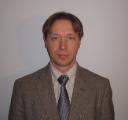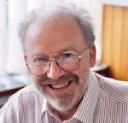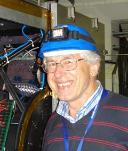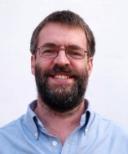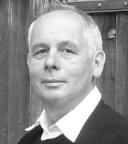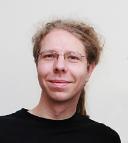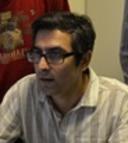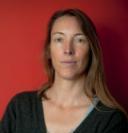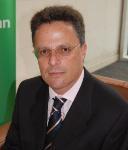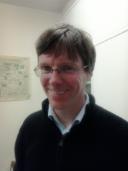Prof Themis Bowcock
 |
Title | Prof |
| Department | Physics | |
| Telephone | +44 (0)151 794 3360 | |
| Biography |
Themis Bowcock currently leads the Particle Physics Group. He received his PhD from Queen Mary College, London in 1984 on the UA1 experiment at CERN, (which found the W/Z particles); his research was on hadronic jets and the gluon structure function. He became a Research Associate at Harvard on the CLEO experiment from 1984-1989 where he studied the production charm, B-mesons and searched for exotic particles including axions and monopoles. From 1989-1991 he was an Assistant Professor at Texas A&M University where he worked on the CDF experiment and received an SSC fellowship. During this period he worked on knife edge chambers - an early precursor MSGCs. Moving to a Lectureship at Liverpool in 1991 he worked on DELPHI at LEP, first measuring B-lifetimes using the micron-vertex detector and then studying Trilinear Gauge Couplings. In the mi-1990's he co-proposed the use of silicon for the end-cap on ATLAS. In 1997 he started the LHCb group on LHCb and was responsible for the design and construction of the LHCb VELO which was completed in 2007. From 2001-2003 he conceived of and led the Liverpool Monte Carlo Array Processor project which was the first large scale use of commodity computing in HEP; MAP2 briefly reached to top 50. In 2004 He co-founded the AiMeS Institute at Liverpool for the commercial application of Grid Technologies. Having led and helped commission the VELO at CERN from 2009-2011 his main physics interests lie with LHCb where he is studying top production. His future plans include the LHCb Upgrade at CERN, the g-2 experiment at Fermilab and a terrestrial search for Dark Energy in Liverpool |
|
| Links |
